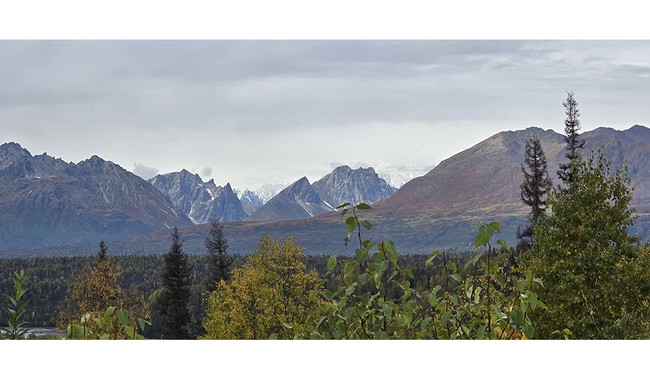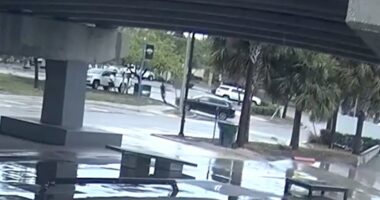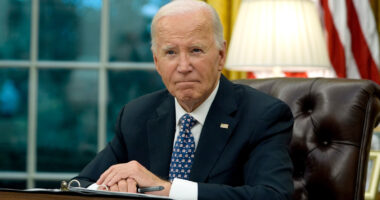
The Chilkoot Trail carries a rich history in Alaska, spanning approximately 33 miles starting from the abandoned town of Dyea, near Skagway. This trail traverses through the mountains, including the challenging Chilkoot Pass, ultimately leading to the Yukon territory in Alaska. The trail is renowned for its scenic beauty, passing through the coastal rainforest of the Alaska panhandle, the alpine landscapes near Chilkoot Pass, and the expansive boreal forest beyond the pass. It gained popularity during the Klondike gold rush of 1896-1899 as a crucial route to the gold fields near Dawson City.
Today, the Chilkoot Trail serves as a hiking trail under the management of the National Park Service in Alaska. Recent developments have seen the trail being reopened all the way to the Canadian border, sparking curiosity about the border’s significance in this area.
Angela Wetz, the superintendent of the Klondike Gold Rush National Historic Park, expressed excitement about the reopening of the Chilkoot National Historic Trail on June 1, 2025, following an extended closure period. The trail’s historical importance and natural allure continue to draw visitors seeking to experience this iconic Alaskan pathway.
That means hikers will be able to hike to the Canadian border from Dyea, a gold rush ghost town near Skagway.
Will hikers be allowed to cross the border?
Less certain is whether they’ll be able to cross the border and continue on to Lake Bennett, in British Columbia. Wetz said the Canadian Border Services Agency is currently reviewing a proposal by the National Park Service and Parks Canada and will decide if visitors will be able to enter the country on the trail.
That’s a fair question. The border between Alaska and Canada does not draw a lot of attention, even with all of the scrutiny the Trump administration has placed on border security. There’s good reason for that. There are only two entry points along that long, long land border, on Highway 2 southeast of Tetlin Junction and Tok, and on the Top of the World Highway at Little Gold. The Highway 2 route takes you to the Canadian town of Beaver Creek and on to the city of Whitehorse; on the northern route, you can drive to the Yukon’s Dawson City after passing through the great Alaskan metropolises of Chicken and Jack Wade. That route is closed in the winter.
In other words, illegal border crossings from the Yukon into Alaska aren’t a huge deal. But could the Chilkoot Trail be a new challenge? The United States has already weighed in. Hikers will not be allowed to enter the United States from Canada on the trail.
The U.S., for its part, has already made up its mind.
“U.S. Customs and Border Patrol will not allow hikers to enter the US on the trail this year, as it’s not a designated port of entry,” Wetz said.
Previously, hikers were able to walk the entire length of the trail in either direction. But Canada’s decision will affect the most hikers — Wetz said the vast majority start in the U.S. and end in Canada.
The re-opening of the trail might present one risk.

















